The red pepper it is of Venezuelan origin, and is a very famous variety, as well as for its spiciness, also for the unique beauty of the plant. Acrata is known around the world with many different names. The term means “anarchist” and the colors of this pepper, ie red and black, are those of the Venezuelan anarchist movement. It is also said mexican chili, despite the exact origin being Venezuelan. In English-speaking countries it is called Goat’s Weedor goat grass, but perhaps the most curious name is that of viagra pepper, for the presumed aphrodisiac properties of the fruits. Whatever you want to call it, this particular variety of chili pepper is among the most interesting ever to be grown in the garden or in pots, also due to the ornamental value of the plant, so it absolutely cannot be missing among enthusiasts.
In this article we know its characteristics and see some advice for cultivation.
How is the acrata pepper plant made?
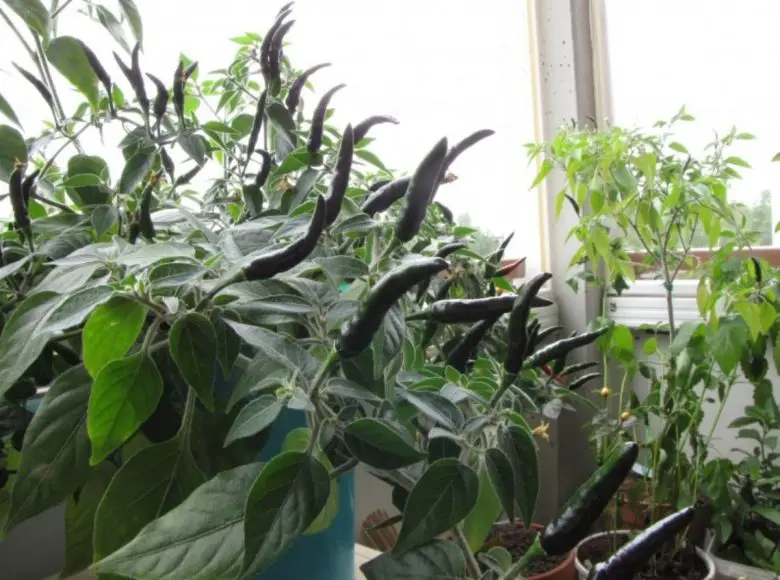
The acrata pepper belongs to the group of Capsicum annuumthat is to say the most popular hot peppers in the world. The plant is very particular, as it grows like a small tree and can reach up to 2 m in height! It develops a stronger central stem, which branches densely at the top, forming a beautiful dense crown.
The leaves are dark green, oval in shape and pointed at the apex. They are larger in the lower part of the canopy, smaller in the mid-apical part of the crown.
The leaves, but also the branches and the stem, are strongly pubescent, i.e. covered with a thin greyish down, which gives the plant as a whole a silvery and elegant appearance.
The flowers are simple, born in the axils of the leaves and have the typical white corolla of chillies. Each acrata plant, even if grown in pots, produces many, so productivity is high.
What color are acrata peppers?
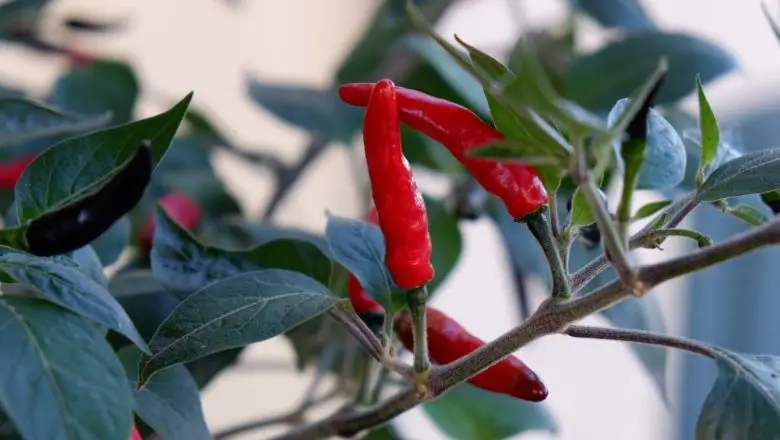
Acrata peppers are unique in the world. The shape is slightly arched, the dimensions reach 5-6 cm, the skin ranges from smooth to slightly wrinkled. They are born straight up, so they stand out on the branches. The color is variable. At the beginning the acrata are green, then they become shiny dark black, and then turn fiery red when fully ripe. This creates a nice chromatic effect, as 3 different colored peppers can be seen on the plant at the same time: green, black and red.
The texture of the acrata is crunchy, with excellent firmness of the pulp even after maturation. The flavor is obviously spicy, slightly spicy, slightly fruity, which makes it excellent to accompany meat and fish dishes. The flavor remains excellent even when dried.
The degree of spiciness is medium and is between 30,000 and 50,000 Shu on the Scoville scale. So a hot chili pepper, but within everyone’s reach, more pleasant, for example, than fiery ones habanero peppers.
What is the suitable climate for growing acrata?
Unlike most chillies which are very sensitive to cold, the acrata chilli is more rustic, being in fact capable of withstanding cold temperatures up to about 5 °C. This means that acrata plants can survive the winter and be grown as perennials, especially if grown in pots.
The best exposition is in full sun, even if more sheltered positions in partial shade are tolerated.
What is the best soil for acrata chili?
The acrata pepper likes loose and well-drained soils, with a moderate endowment of organic matter. In the open ground it is possible to supply some organic fertilizer as the mature compost or theearthworm humusto avoid instead the mature manure.
In the cultivation of acrata in pots, one can opt for a specific soil for chillies or a substrate mix composed of good quality universal soil mixed with perlite to ensure good drainage.
Sowing of chillies acrata
The cultivation of the acrata chilli starts from the seeds (which you can buy online). However, more and more nurseries offer grown seedlings ready for transplanting.
Sowing, in ways and times, follows the same rules that we have already traced for the classic hot peppers.
Transplanting distances of the acrata
Once the acrata seedlings, purchased or self-produced, are obtained, the transplant is carried out, which usually takes place in early spring, between April and May. In cultivation in the open ground, attention must be paid to distances, as the plant has a luxuriant development. It is advisable to plant the acrata seedlings at a distance of 1 m from each other, leaving at least 1.5 m between the rows.
Only one seedling is placed in a pot, using a container at least 40 cm in diameter and equally deep.
Cultural care to be dedicated to the acrata pepper
Acrata pepper plants need very little care. If your area is windy it is advisable to prepare a support for each individual plant, for example using bamboo canes.
Acrata plants grow very tall, so it is good to avoid damage from lodging due to wind.
Irrigation must be moderate but constant, especially in the initial phase of vegetative growth. After the summer, the irrigations may be sporadic, to be suspended completely near the harvest in order to increase the spiciness.
As far as parasites are concerned, the plants are very rustic and do not suffer from particular problems. Just beware of the red spider mite in midsummer, whose presence is noted by the yellowing of the leaves.
When to pick acrata peppers
As mentioned, the acrata pepper is fully ripe when the color of the skin changes from black to red. The ripe fruits persist for a long time on the plant without getting damaged, so they can be harvested when needed. Some like the flavor when the pepper is still black, but the absolute spiciness suffers.
If you want collect and store seeds
and to use them for future crops, use the acrata peppers that have just turned red, for this purpose do not leave them too much to ripen on the plant.

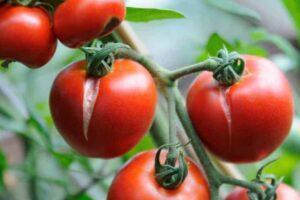
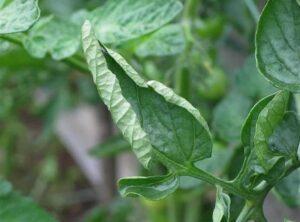
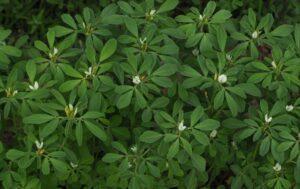
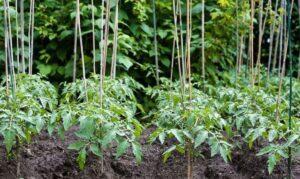
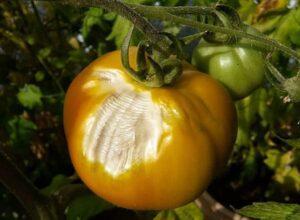

Start a new Thread